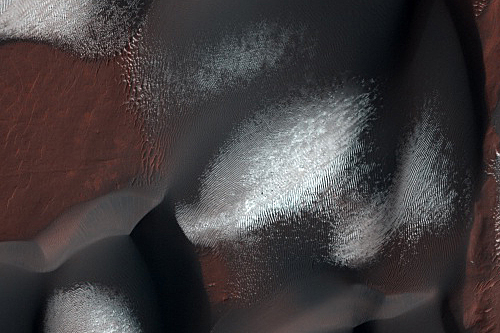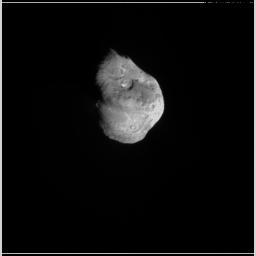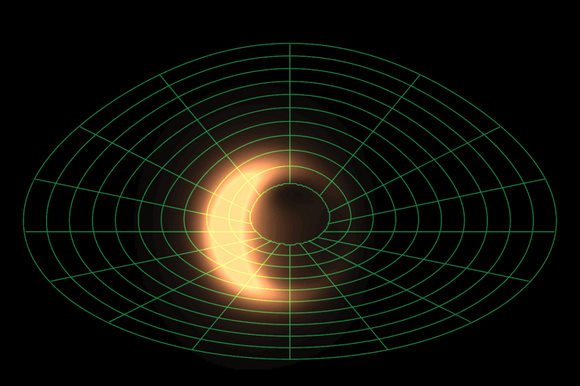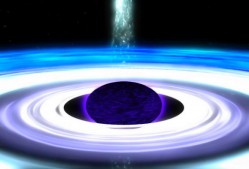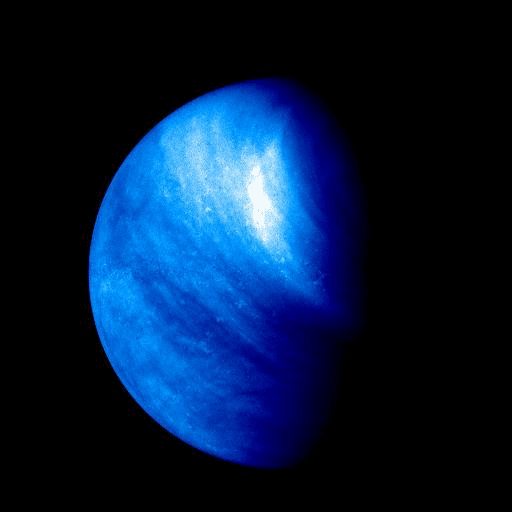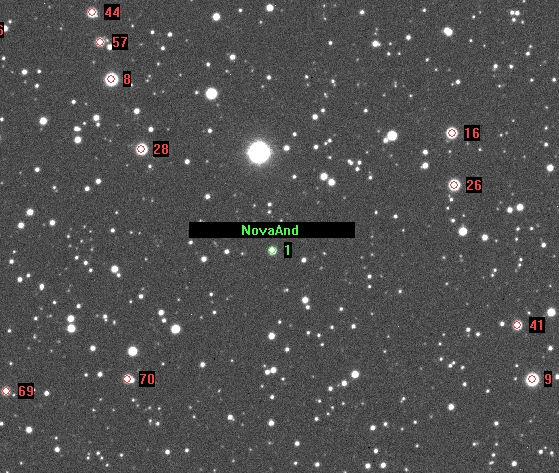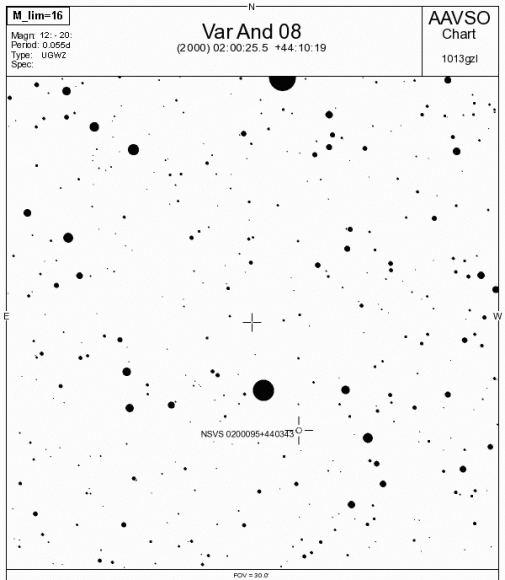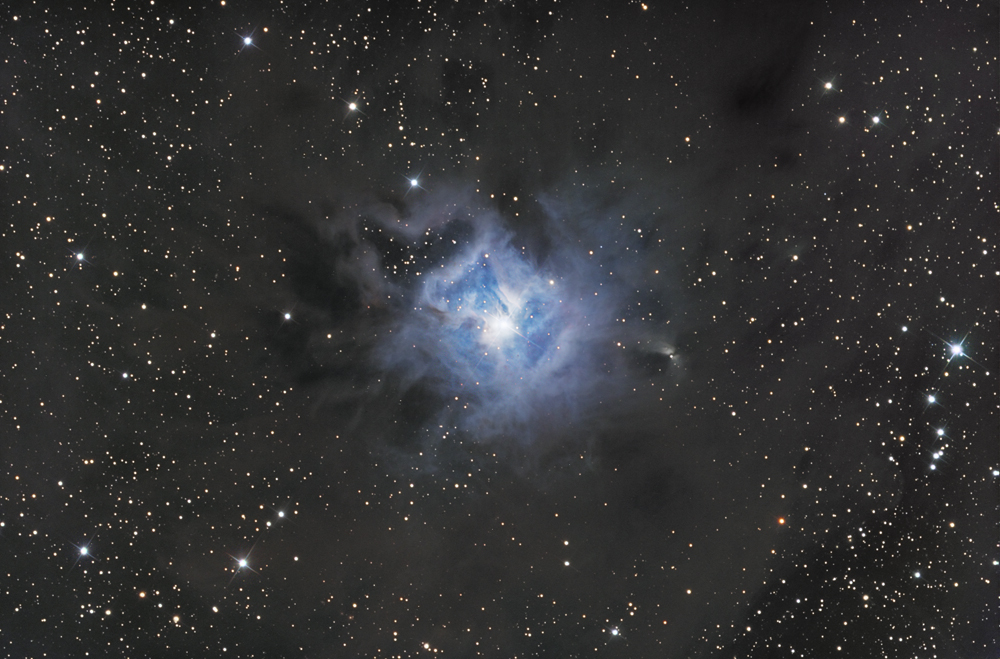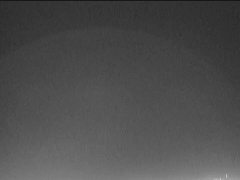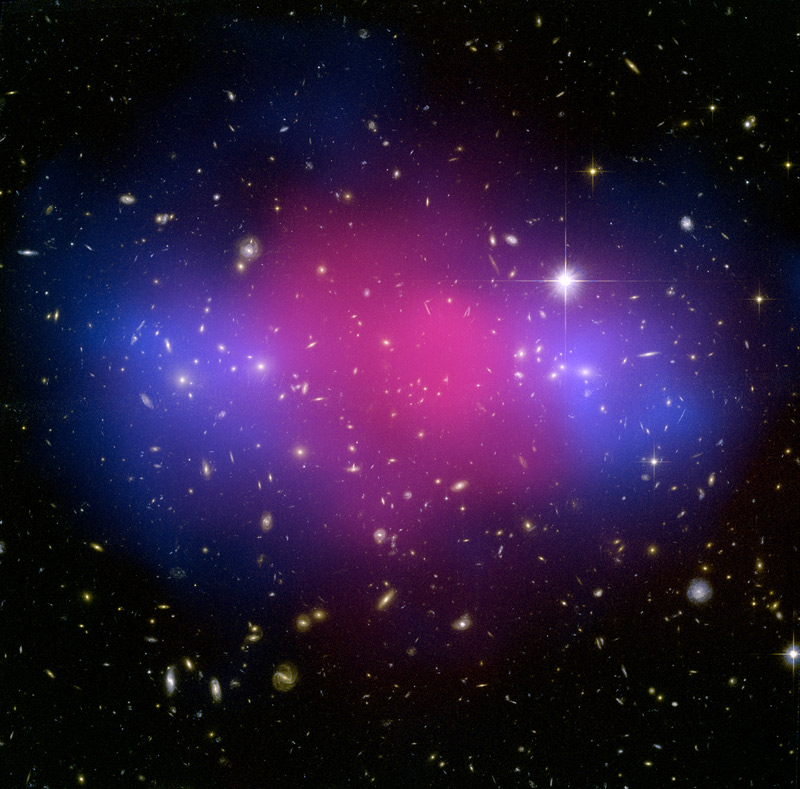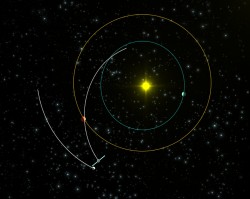[/caption]
As the very last of the summer flowers bloom in the dusty grasses of the northern hemisphere, so a cosmic flower blooms in the dusty star fields of the northern constellations. While this image conjures up a vision of an iris delicately opening its 6 light year wide petals some 1300 light years away in Cepheus, this bit of flora is anything but a pretty little posey…
NGC 7023 was first discovered by Sir William Herschel on October 18, 1794 and since that time it has had a rather confusing catalog history. As usual, Herschel’s notes made the correct assumption of “A star of 7th magnitude. Affected with nebulousity which more than fills the field. It seems to extend to at least a degree all around: (fainter) stars such as 9th or 10th magnitude, of which there are many, are perfectly free from this appearance.” So where did the confusion come in? It happened in 1931 when Per Collinder decided to list the stars around it as a star cluster Collinder 429. Then along came Mr. van den Berg, and the little nebula became known as van den Berg 139. Then the whole group became known as Caldwell 4! So what’s right and what isn’t? According to Brent Archinal, “I was surprised to find NGC 7023 listed in my catalog as a star cluster. I assumed immediately the Caldwell Catalog was in error, but further checking showed I was wrong! The Caldwell Catalog may be the only modern catalog to get the type correctly!”
But what isn’t wrong is the role molecular hydrogen plays in formations like the Iris nebula. In a gas rich interstellar region near a a hot central object such as the Herbig Be star HD 200775, atomic and molecular excitation occurs. The resulting fluorescence produces a rich ultraviolet and infrared spectrum… and interstellar emissions. Just what kind of interstellar emissions might occur from a region like the Iris Nebula? According to the 2007 Micron Spitzer Spectra Research done by Sellgren (et al) at Ohio State: “We consider candidate species for the 18.9 µm feature, including polycyclic aromatic hydrocarbons, fullerenes, and diamonds.”
Now, we’re not only bringing you space flowers… but diamonds in the rough.
The discovery of aromatic hydrocarbons, diamonds, and fullerenes in interstellar space is a new puzzle to space science. According to the work of K. Sellgren; “Emission from aromatic hydrocarbons dominates the mid-infrared emission of many galaxies, including our own Milky Way galaxy. Only recently have aromatic hydrocarbons been observed in absorption in the interstellar medium, along lines of sight with high column densities of interstellar gas and dust. Much work on interstellar aromatics has been carried out, with astronomical observations and laboratory and theoretical astrochemistry. In many cases, the predictions of laboratory and theoretical work are confirmed by astronomical observations but, in other cases, clear discrepancies exist that provide problems to be solved by a combination of astronomical observations, laboratory studies, and theoretical studies. …Studies are needed to explain astrophysical observations, such as a possible absorption feature due to interstellar ‘diamonds’ and the search for fullerenes in space.”
What this comes down to is carbon nanoparticles are out there in the interstellar medium. Polycyclic aromatic hydrocarbons – or PAHs – are molecules constructed of benzene rings that look like segments of single layers of graphite. If you were here on Earth? You’d find them everywhere… coming out of your car’s exhaust, stuck to the top of your grill, coating the inside of your fireplace. Apparently we’re picking up the signature of PAHs in Unidentified Infra-Red emission bands, Diffuse Interstellar Bands and a UV extinction bump in NGC 7023 – but what the heck is it doing there?
According to research, it’s entirely possible these PAHs may have formed in the dust when the grains collided and fractured – releasing free PAHs. They could have grown between smaller unsaturated hydrocarbon molecules and radicals in the remnants of carbon rich stars. Science just doesn’t really know. But one thing they do know… Once a PAH is there, it is extremely stable and extremely efficient at rapidly re-emitting the absorbed energy at infra-red wavelengths.
Take the time to view the Iris Nebula yourself. Located in Cepheus (RA 21:00.5 Dec +68:10) and around magnitude 7, this faint nebula can be achieved in dark skies with a 114-150mm telescope, but larger aperture will help reveal more subtle details since it has a lower surface brightness. Take the time at lower power to reveal the dark dust “lacuna” around it reported so many years ago, and to enjoy the true beauty of this Caldwell gem. Remember your astronomy lesson, too! According to O. Berne, who also studied NGC 7023 just this year, “Unveiling the composition, structure and charge state of the smallest interstellar dust particles remains one of today’s challenges in astrochemistry.”
We would like to thank AORAIA member, Ken Wood for this incredibly inspiring image!

